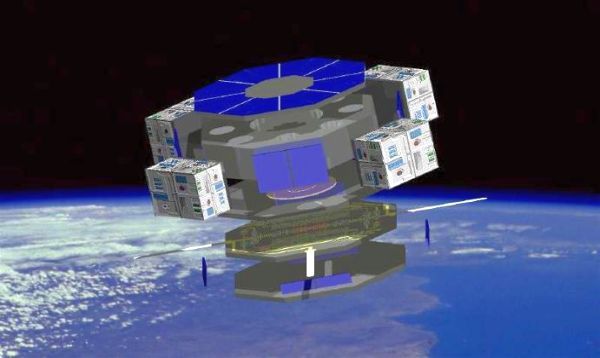A nanosatellite was unveiled by Mexican scientists and artists in the central state of Puebla that will be launched into space and broadcast music for three months.
Ulises I will be in a polar orbit at an altitude of 186 miles. The nanosatellite was developed by the National Astrophysics, Optics, and Electronics Institute, or INAOE, and the Mexican Space Group, or CEM, formed in 2010 with the goal of taking Mexican art into space.
Ulises I, which bears the name of the hero of "The Iliad" and "The Odyssey," will orbit the earth with the unique mission of bringing together science, technology, and the arts "for the benefit of society," the INAOE said. The project was the brainchild of the CEM, which is made up of Mexican artists and run by photographer Juan Jose Díaz Infante.
The nanosatellite, which was made by the INAOE at the Radiofrequency Communications and Fiber Optics Laboratory, will broadcast musical pieces written by 11 composers "periodically via a radiofrequency link to Mexico and the rest of the world," the laboratory's director, Celso Gutierrez, said.
Ulises I will be launched from the Kingdom of Tonga in the South Pacific this year, but the INAOE has not yet provided an exact launch date.
Original Story


